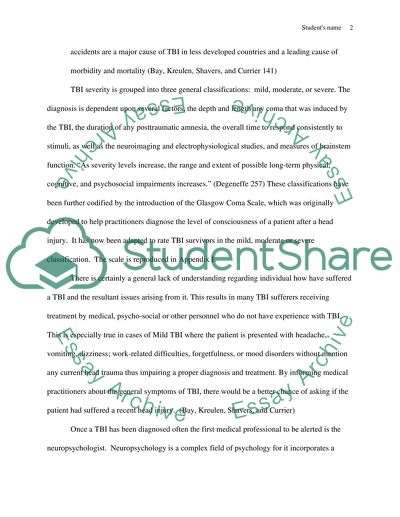Cite this document
(“Tramatic Brain Injury Research Paper Example | Topics and Well Written Essays - 2250 words”, n.d.)
Retrieved from https://studentshare.org/family-consumer-science/1417467-tramatic-brain-injury
Retrieved from https://studentshare.org/family-consumer-science/1417467-tramatic-brain-injury
(Tramatic Brain Injury Research Paper Example | Topics and Well Written Essays - 2250 Words)
https://studentshare.org/family-consumer-science/1417467-tramatic-brain-injury.
https://studentshare.org/family-consumer-science/1417467-tramatic-brain-injury.
“Tramatic Brain Injury Research Paper Example | Topics and Well Written Essays - 2250 Words”, n.d. https://studentshare.org/family-consumer-science/1417467-tramatic-brain-injury.


